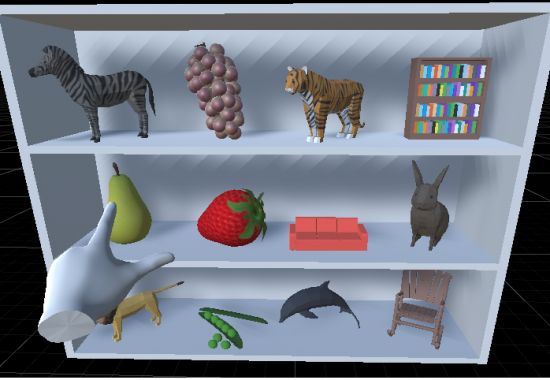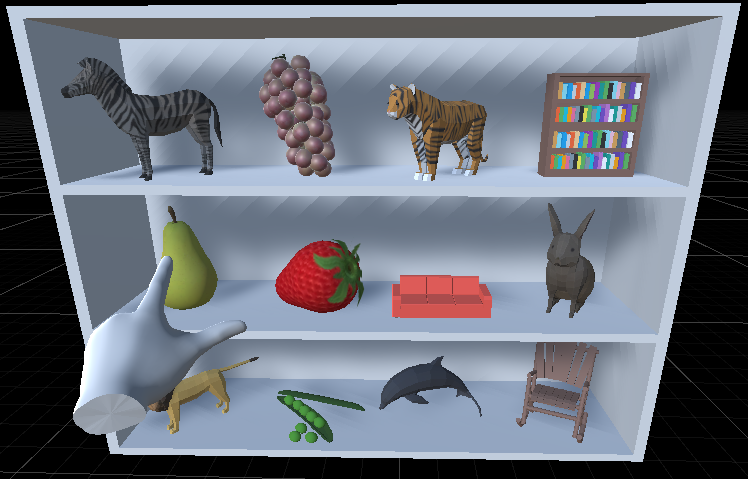After a stroke, 80% of survivors show reduced use of the weaker arm during their activities of daily living. While conventional wisdom and previous research has attributed this reduced arm use to physical abilities (e.g., weakness) of the more affected arm, recent work is beginning to reveal a more complex and perplexing story.
Research has uncovered a mismatch between the physical ability and actual use of the more affected arm in daily life, called arm non-use. In other words, some stroke survivors can do more with their weaker arm than they choose to do when given the option of which arm to use. Arm non-use is an urgent problem for stroke recovery because it suggests that improvements in the more affected arm during rehabilitation may not translate to improved use in daily life.
But why does arm non-use occur and what contributes to its severity? These questions are at the heart of new research by Cory Potts, PhD, Shailesh Kantak, PhD, PT, and Laurel Buxbaum, PsyD, at Moss Rehabilitation Research Institute. Specifically, they are interested in how psychological variables, like attentional demands, interact with arm non-use. Recently, they designed a new virtual reality (VR) reaching task to test whether use of the more affected arm decreases under more difficult, attention-demanding conditions. In the experiment, participants with stroke and healthy controls wore a VR headset and hand-held controllers that allowed them to interact with a virtual environment. They saw a virtual shelf with different objects and were asked to reach out with the hand of their choice and touch a target object (e.g., a pear) specified prior to each trial (Fig. 1). Researchers systematically varied the difficulty of the task in three different conditions. In the easy condition, the virtual objects were from different categories (produce, animals, household objects) so that the target object stood out (as shown in Fig 1). In the hard condition, the virtual objects were from the same category (i.e., all produce). In the third, most difficult condition, the participants had to multitask by responding to the sounds they heard while reaching and touching the target object in an array of other objects from the same category.
The results of this experiment have opened a new window into the interplay between cognition and physical action in stroke survivors. As task difficulty increased, participants with stroke were less likely to use their more affected arm, despite being able to reach with it. This suggests that more difficult, attention-demanding tasks may increase the severity of arm non-use in individuals with stroke. Interestingly, the demands on attention also affected how participants moved. Participants produced more curved, slower reaches under more demanding conditions, particularly when using their more affected arm. Though cognition and action are often thought as separate domains, our results show that the interaction of cognitive-motor processes affect the planning and performance of movements after stroke.
The research described here is just the beginning of a much larger project investigating the cognitive, physical, and neural factors contributing to arm non-use. Drs Potts, Kantak, and Buxbaum are currently working with their research team to develop an updated version of the virtual arm nonuse task. This version will use movement tracking to allow participants to freely grasp and pick up objects in the virtual environment and will also allow participants to receive feedback about their reaching performance. The broader goal of this experiment will be to investigate how reward and effort interact with the use of the more affected arm. Moreover, we hope that such a tool could be used as a quick assay of arm non-use in clinical settings to evaluate and potentially predict arm non-use. Rehabilitation strategies can then be targeted to remediate arm non-use in those identified through such a test. Through this project, we not only hope to build a clearer picture of the underpinnings of arm non-use but also develop clinical tools to improve diagnosis and treatments for this puzzling feature of motor disability.
Figure 1. Screenshot of the virtual reality reaching task. Participants’ hands appeared as gloves in the virtual display. The target object for this trial was the pear. The image shows the easier condition, where the objects on the shelf were from mixed categories (produce, animals, and household objects).



One comment on “Virtual Reality Assessment of Arm Non-Use After Stroke”